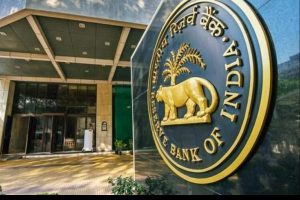Bank NBFC:

A November 2020 decision by the Reserve Bank of India (RBI) to permit banks to “co-lend with all registered NBFCs (including HFCs) based on a prior agreement”, has led to unusual tie-ups like the one announced earlier this month between the State Bank of India (SBI) and Adani Capital
The ‘Co-Lending Model’
- In September 2018, the RBI had announced “co-origination of loans” by banks and Non-Banking Financial Companies (NBFCs) for lending to the priority sector.
- The arrangement entailed joint contribution of credit at the facility level by both the lenders as also sharing of risks and rewards.
- Subsequently, the central bank allowed the lenders greater operational flexibility, while requiring them to conform to regulatory guidelines.
- The primary focus of the revised scheme, rechristened as ‘Co-Lending Model’ (CLM), was to
- improve the flow of credit to the unserved and underserved sector of the economy and
- make available funds to the ultimate beneficiary at an affordable cost, considering the lower cost of funds from banks and greater reach of the NBFCs.
Bank-NBFC tie-ups:
- Several banks have entered into co-lending ‘master agreements’ with NBFCs, and more are in the pipeline.
- On December 2, SBI, the country’s largest lender, signed a deal with Adani Capital, a small NBFC of a big corporate house, for co-lending to farmers to help them buy tractors and farm implements.
- On November 24, Union Bank of India entered into a co-lending agreement with Capri Global Capital Ltd (CGCL).




